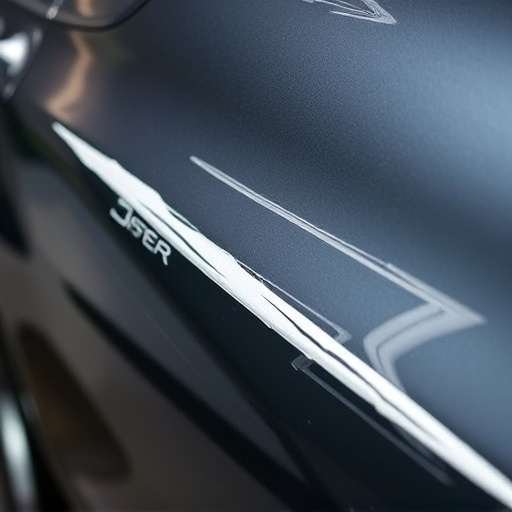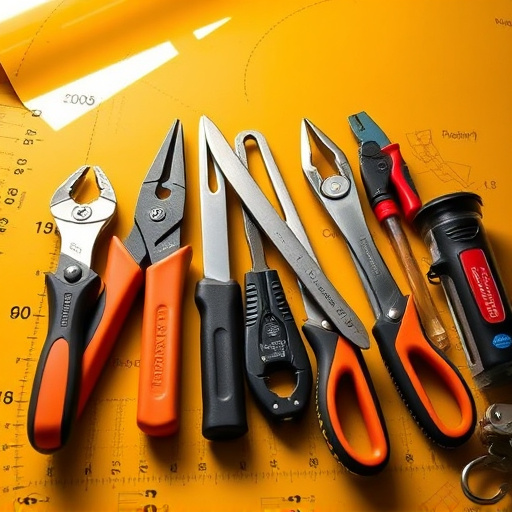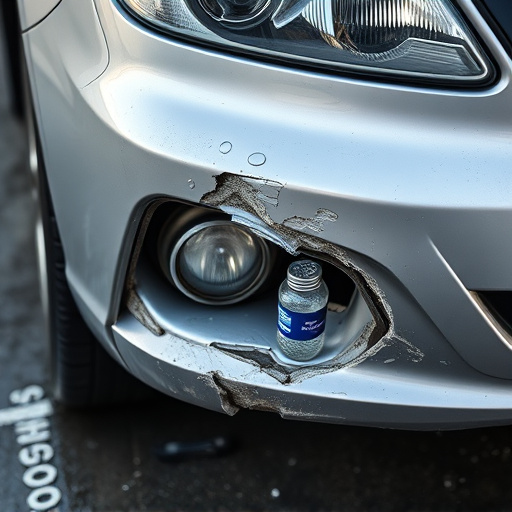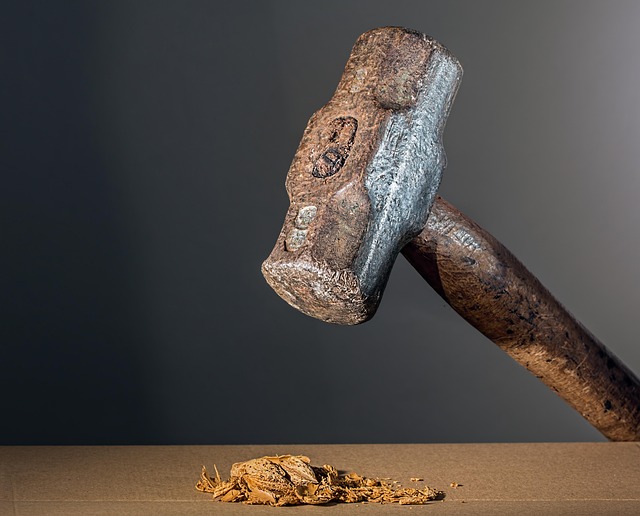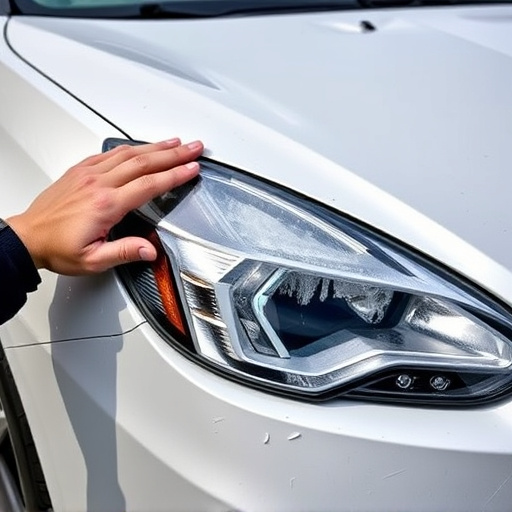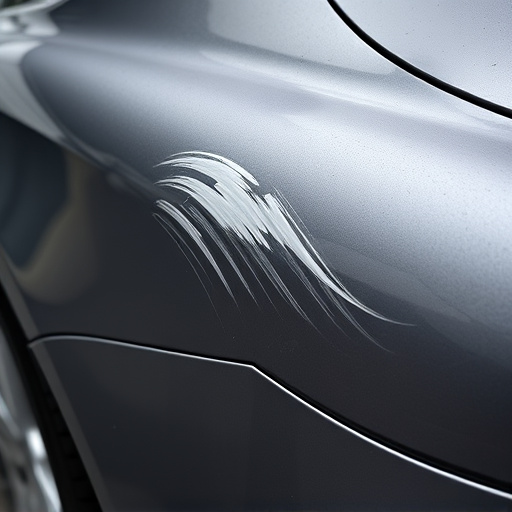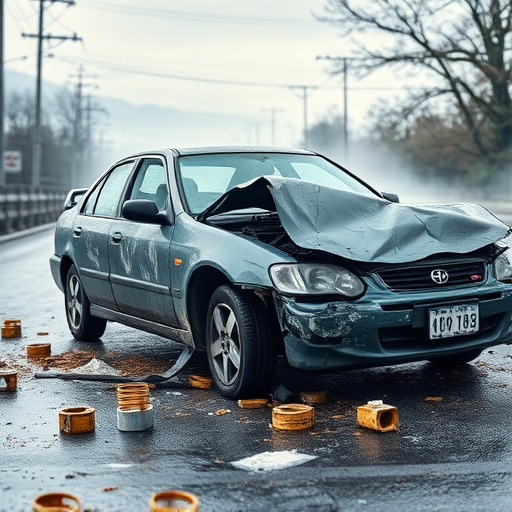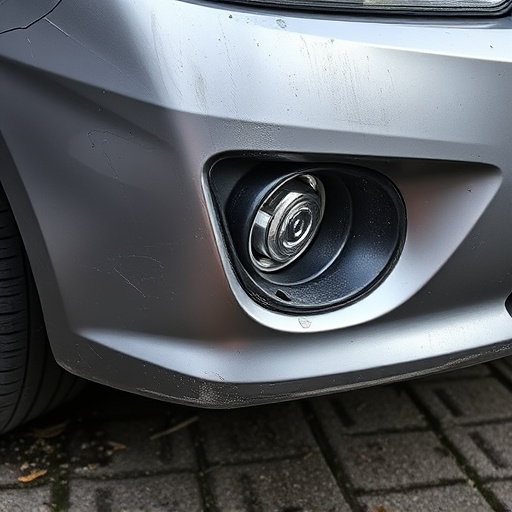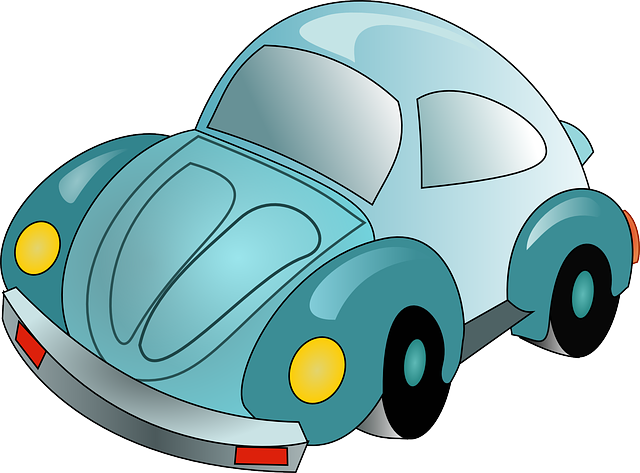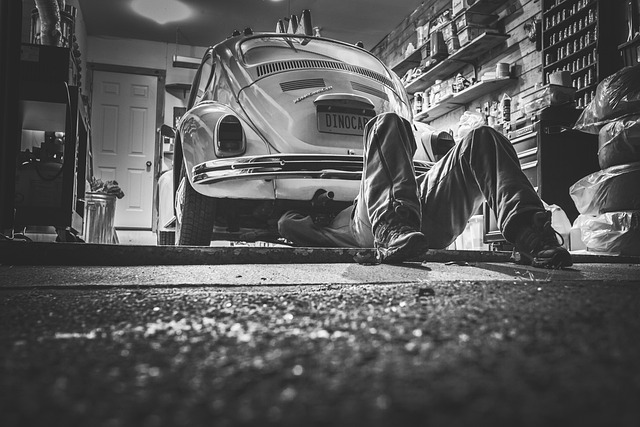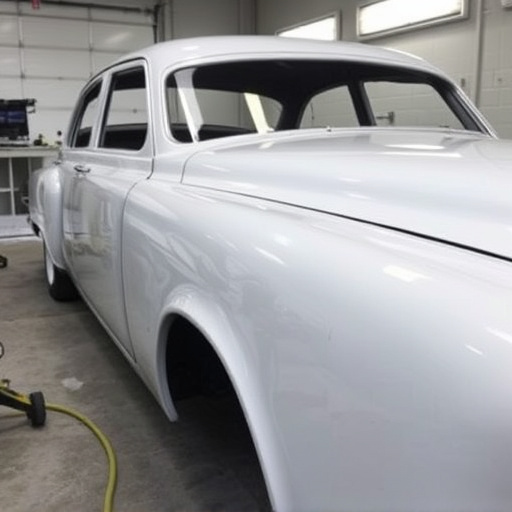Mastering molding replacement collision procedures is crucial for efficient car repair services and high-quality bodywork. It involves understanding how to replace damaged parts like fenders or doors while preserving structural integrity and visual similarity. Comprehensive staff training focusing on fundamental techniques, hands-on workshops, and digital modules teach precise measuring, marking, alignment, and body structure repair. Emphasizing practical experience in simulated environments enhances technical proficiency, problem-solving skills, and customer satisfaction through superior automotive repairs.
Training staff for precision in molding replacement collision work is paramount for achieving high-quality, consistent outcomes. This article guides you through effective procedures, essential training techniques, and hands-on practice scenarios to ensure your team masters the art of precise molding replacements. By understanding detailed collision procedures and employing consistent techniques, your organization can streamline processes, reduce errors, and enhance overall productivity in this critical area of manufacturing.
- Understanding Molding Replacement Collision Procedures
- Essential Training Techniques for Consistency and Precision
- Simulating Real-World Scenarios: Hands-On Practice
Understanding Molding Replacement Collision Procedures
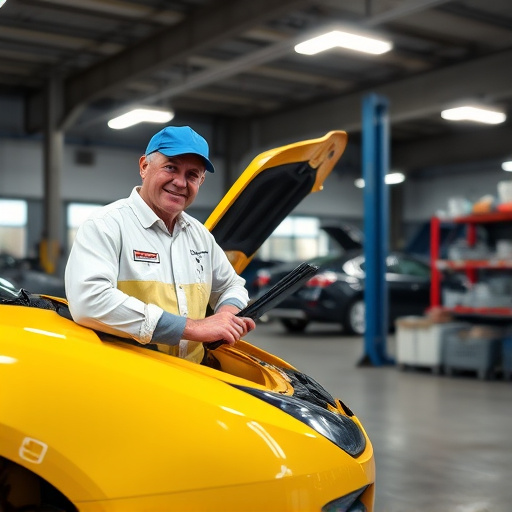
Understanding Molding Replacement Collision Procedures is a cornerstone of efficient car repair services and ensuring top-notch vehicle bodywork quality. This process involves precise techniques to replace damaged or shattered components, such as fenders or doors, with new ones that match the original specifications. It’s not just about fitting a new part; it requires an understanding of how these parts interlock in the overall structure of a vehicle.
Training staff for this task demands a deep dive into the intricacies of molding replacement collision work. This includes learning to identify different types of damage, selecting appropriate replacement pieces, and mastering the art of aligning and attaching these components accurately. By focusing on these aspects, car repair professionals can ensure not just the visual similarity but also the structural integrity of the vehicle bodywork post a fender bender or similar collision event.
Essential Training Techniques for Consistency and Precision
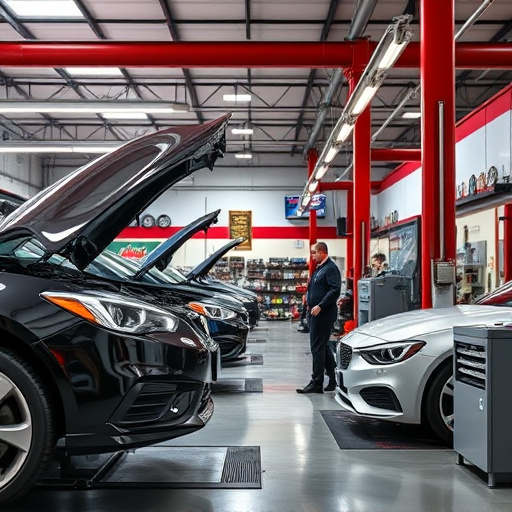
Consistency and precision are paramount in molding replacement collision work, ensuring top-quality repairs that match the original vehicle specifications. To achieve this, staff training should focus on fundamental techniques that create a solid foundation for accurate frame straightening and car damage repair. Hands-on workshops and demonstrations are powerful tools to teach proper measuring and marking procedures, enabling technicians to identify and address even subtle misalignments before molding begins.
Regular practice exercises under controlled conditions mimic real-world vehicle collision scenarios, allowing employees to hone their skills in panel alignment and body structure repairs. Incorporating digital training modules enhances learning by providing detailed visual guides and step-by-step instructions, ensuring every staff member understands the intricate processes involved in molding replacement parts. These diverse training methods empower technicians with the knowledge and expertise needed to deliver consistent, precise results in every collision repair project, ultimately elevating the overall quality of vehicle collision repair services.
Simulating Real-World Scenarios: Hands-On Practice
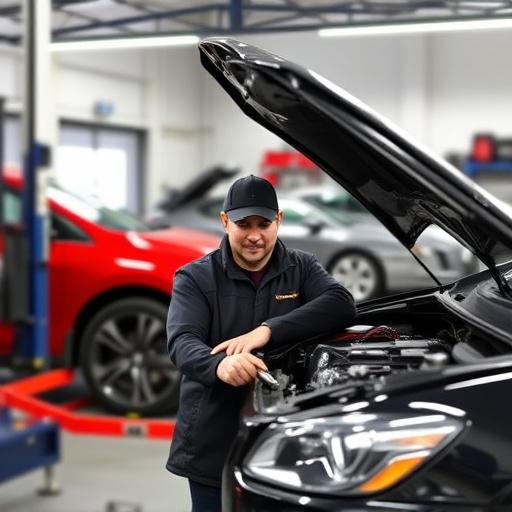
To ensure staff are prepared for the intricacies of molding replacement collision work, training programs should incorporate hands-on practice that mimics real-world scenarios. This involves setting up simulated environments that replicate common types of car bodywork damage, such as dents, scratches, and cracks. By using advanced equipment and techniques, trainees gain practical experience in repairing various materials commonly found in vehicles, including metal, plastic, and composite parts.
The benefits of this approach extend beyond technical proficiency. Simulating real-world conditions allows staff to develop problem-solving skills, adapt to unexpected challenges, and learn effective time management strategies. Additionally, hands-on practice fosters a deeper understanding of the precision required in molding replacement collision work, ultimately contributing to higher quality automotive repair services and customer satisfaction.
Training staff in precision molding replacement collision work is a game-changer for any automotive repair facility. By understanding detailed procedures, employing consistent training techniques, and engaging in realistic hands-on practice, professionals can ensure top-notch results. These strategies not only enhance the quality of collision repairs but also contribute to customer satisfaction by delivering accurate, reliable, and safe vehicles. Embracing these methods is a step towards dominating the field of molding replacement collisions.
